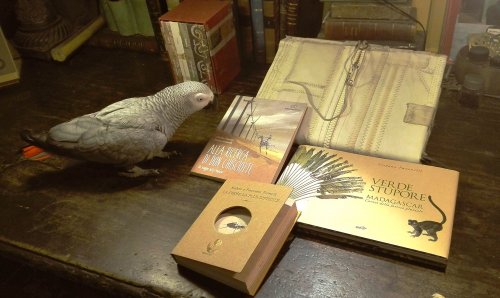 The form of the carnet de voyage which is a synthesis of vision and thought, is expressed in the intertwining of a drawn (or painted) score with the written one (in calligraphic form). The writing that is never, in my case, a mere caption, but an excavation into the meaning and emotional narration, thus manifests a literary nature that finds the ideal support in the publication in book form. I like the “stratigraphic” structure of the book, like the album: the superimposed sheets are like geological time, a sort of sedimentation of duration.
The form of the carnet de voyage which is a synthesis of vision and thought, is expressed in the intertwining of a drawn (or painted) score with the written one (in calligraphic form). The writing that is never, in my case, a mere caption, but an excavation into the meaning and emotional narration, thus manifests a literary nature that finds the ideal support in the publication in book form. I like the “stratigraphic” structure of the book, like the album: the superimposed sheets are like geological time, a sort of sedimentation of duration.
I also really like, as an alternative to leafing through the album, the so-called leporello or accordion shape, where the sequence is arranged, as in the ancient Chinese and Japanese models, in a long pleated strip. This paper technology invention allows for a linear narration that can also be enjoyed simultaneously. I like its being mimetic of a path, of a path. Starting with Sindh, the result of a long journey to India in 1989 and published in a limited edition by Comau in 1993, I have published many of my notebooks. In Italy, France and Spain. In 2004 my wife and I proposed a travel book series to the EDT publishing house, the first in Italy. China, Mali, Egypt, India, Madagascar were published by the Turin publisher. Mali also became part of the historic Gallimard series.
With the Spanish Confluencias Editoriales, I published five of my leporello notebooks: it was, I believe, the first non-artisan edition of an accordion carnet, (with which we won the prix coup de coeur at the Clermont Ferrand Festival in 2011). Apart from the books of which I am the author, although I do not like to be defined as an "illustrator", (a term which, unfortunately, in the artistic field has suffered a negative wear and which presupposes an ancillary relationship with a text or an author), the My images have been used by various publishing houses (Einaudi, EDT, Adelphi, Ponte alle Grazie, Guanda, Ediciclo…), as book covers or as illustrations.


